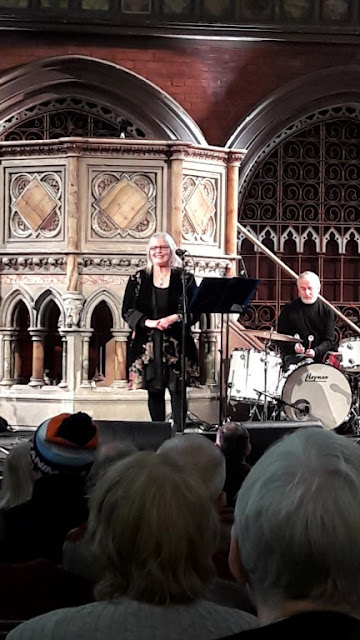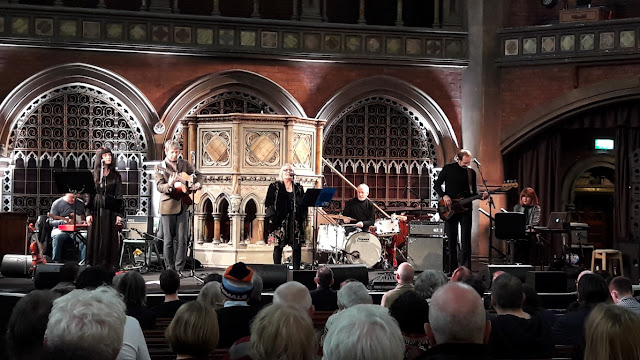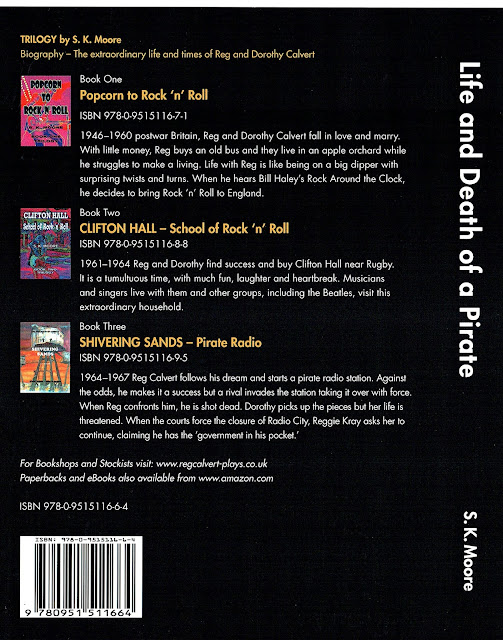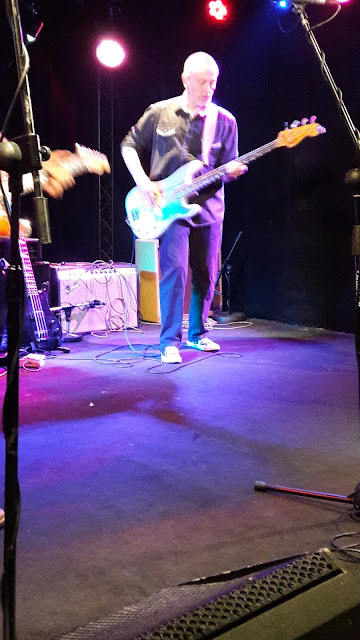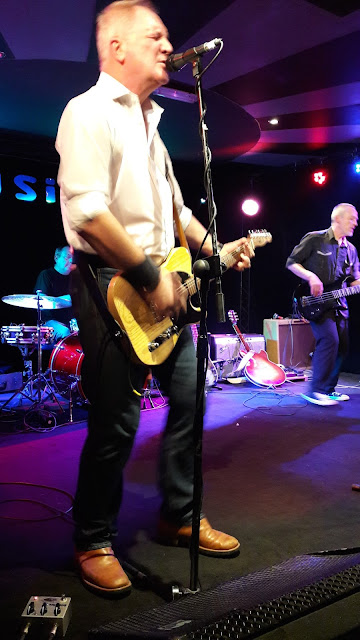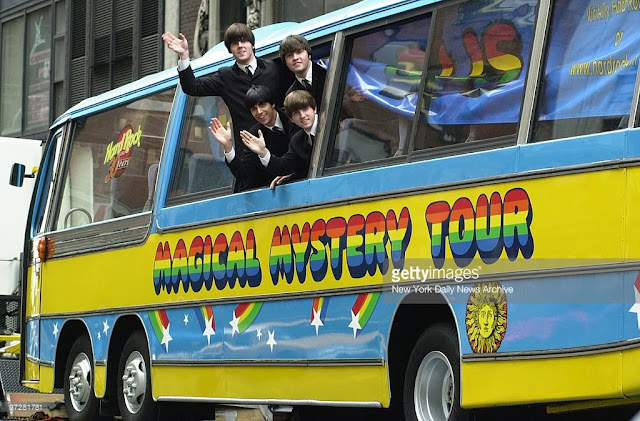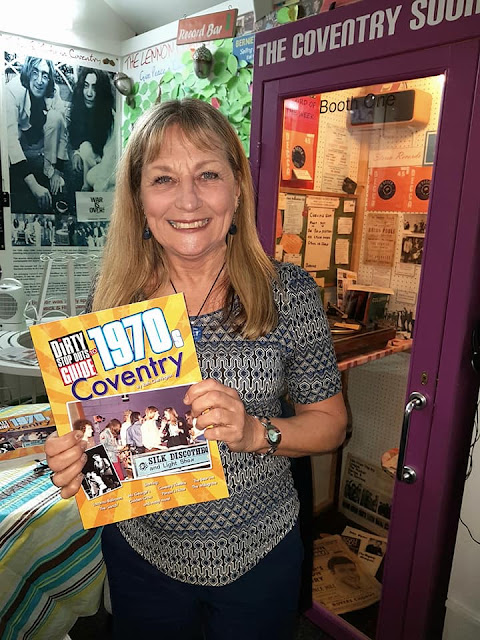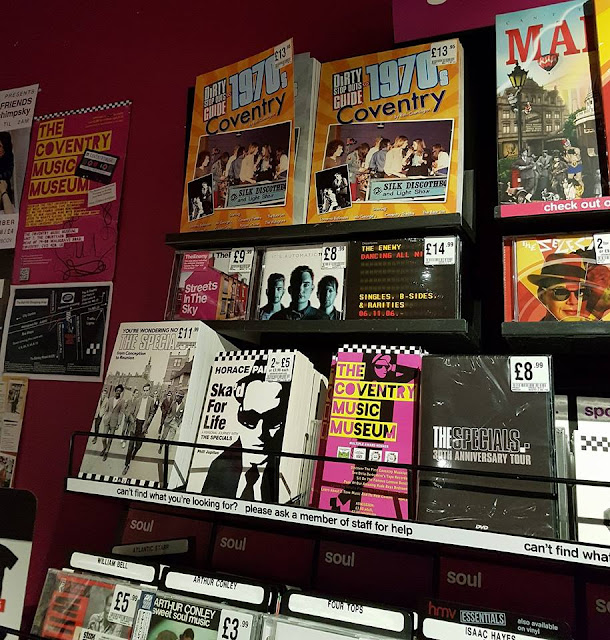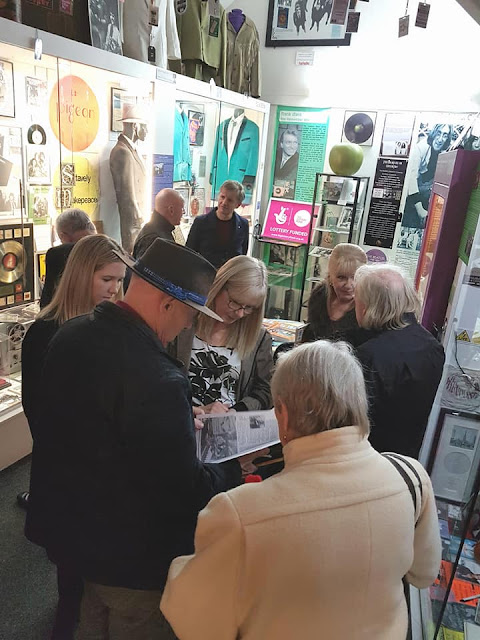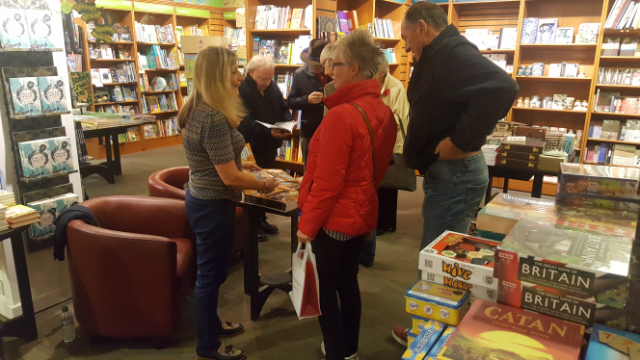The Songs of Slade.
by Pete Clemons
You know Christmas is on the way when you start hearing the perennial hit ‘Merry Xmas Everyone’ on your radio and TV. It was released in 1973 and it was Slade’s 6th number 1 hit. It has since charted 8 times over the last 5 decades and the whole country seems to know it. But there was so much more to the song’s writers Jim Lea and Noddy Holder. And, despite the song being kind to them in royalties over the years, it really should not be their lasting legacy.
I often bore folk with the story of the time Mrs C and I both attended the same Slade concert at the City Centre Club during the 1970s. Only she wasn’t Mrs C back then. In fact we didn’t even know each other. But we both remember the fantastic gig Slade put on performing a host of their anthemic hits.
Going back to their beginnings, Slade were formerly known as Ambrose Slade and before then The N’Betweens’. Slade were a Midlands band originating from the Walsall and Wolverhampton areas and their success was far from gained overnight. It began around 1966 with Don Powell and Dave Hill who put together a band that played a mixture of Motown and Beatles covers.
The N’Betweens’ signed to Fontana during February 1969 and it was soon after that the Ambrose Slade was suggested. An album of largely covers titled ‘Beginnings’ was released during May. Soon after, Fontana introduced the band to Chas Chandler, who had been the original bass player for The Animals and was the man credited in tempting Jimi Hendrix to the UK and proposing ideas for much of his onstage persona. Chas suggested that the band abbreviate their name to Slade and gave them a look that involved cropped hair and boots.
Slade’s first TV appearance came during May 1969 and saw the band give an early demonstration of their versatility. They first performed a Beatles cover ‘Martha My Dear’ where Jim Lea played violin. They then played an original tune called ‘Wild Winds are Blowing’ where Jim had switched to bass guitar.
A second album ‘Play it Loud’ was released during 1970 on Polydor records. Hugely different from their debut album in as much as it was almost all self-written, and it was at this point you can start to hear the distinctive sound that Slade were famed for beginning to develop.
The skinhead phase kind of backfired on Slade as, despite their reputation as an energetic live band, promoters declined to book them as their appearance gave rise to fears of the perceived audience the band could attract.
Slade ditched the threatening look and, instead, concentrated on their stage presence. And they began to transfer that energy onto record. This masterstroke saw Slade get their first hit single. The record, released during May 1971, was a reworking of a Little Richard tune called ‘Get Down and Get With It’. It was a popular song from their live shows that featured an exuberance of foot stomping and hand clapping that would become Slade’s trademark.
Each subsequent hit became a group composition written by the Holder/Lea team. They had developed an ‘in your face’ pop/rock style fronted by the powerful vocals of Noddy Holder. And between, what was left of 1971 and 1974 the band, namely Don Powell – drums, Dave Hill – guitar and vocals, Noddy Holder – guitar and vocals and Jim Lea – bass, piano, violin and vocals, could do no wrong as far as chart success was concerned.
October 1971 saw the release of the single ‘Coz I Luv You’, the first Holder/Lea composition, and coming with it was a whole new way of spelling by way of a fresh new vocabulary. With Jim Lea once again on violin ‘Coz I Luv You’ spent a total of 4 weeks at number 1 in the charts.
1972 saw ‘Look Wot You Done’ which, given the success of its predecessor, was seen as disappointing as it only reached number 4. Guitarist Dave Hill suggesting that the piano might have played a part in this. ‘Take Me Bak Ome’ took the band back to the number 1 spot. But with it came protests from teachers about the level of grammar being used.
Next up was ‘Mama Were all Crazee Now’ originally titled ‘My My Were All Crazy’ which again topped the charts followed by ‘Gudbye To Jane’ originally titled ‘Hello T’Jane’ which reached number 2. Both these singles came off the LP ‘Slayed’ which topped the album charts when released during November 1972.
By now the popular music scene was becoming dominated by glam and glitter and, for T.V. and live appearances the band was decked out in platform shoes and top hats. On top of that, and by the time the next hit ‘Cum on Feel the Noize’ was released, which incidentally, entered the charts straight in at number 1, each of the band members of Slade were sporting really long side burns and their hair had grown really long. And as the hits continued an appearance on Top of the Pops could almost guarantee an audience of 18 to 20 million viewers.
1973 also saw Slade’s next single ‘Skweeze me Pleeze me’ also enter the charts at number 1 but a road accident that left drummer Don Powell critically injured put the bands future in jeopardy.
Several of Slade’s big hits were non-album tracks. So the second half of 1973 saw a compilation LP, ‘Sladest’, gather together all those songs along with other related material.
Toward the end of 1973 however there then began a change of sound as Slade went for a more melodic approach with their next hit ‘My Friend Stan’ which made number 2. The single, for me at least, sounded subdued compared to previous releases. Maybe it was the switch to bass by Noddy and the reintroduction of Jim Lea’s piano again. Having said that, it was the end of 1973 that saw the release of ‘Merry Xmas Everybody’ and, as the whole country knows, that saw Slade back at their most raucous once again.
Slade’s next album, ‘Old New Borrowed and Blue’, released February 1974 inevitably hit number 1. It included ‘My Friend Stan’ along their next single release ‘Everyday’ issued later that year. Again ‘Everyday’ stuck to that slight change of style as Noddy was once more on bass and Jim on piano. The tune still had anthemic lyrics but was in the more in the style of a ballad. And it continued the bands domination of the charts, hitting number three. A succession of single then appeared throughout 1974.
The 1975 song ‘How Does it Feel’ marked, I feel, the start of a change of fortunes for Slade. It was yet another ballad that this time saw Dave Hill on bass and Jim, still on piano. Despite it making only number 15 in the charts it was actually a great tune. In fact Noel Gallagher was once quoted as saying that it was ‘one of the best ever pop songs’.
By 1977 Slade were playing smaller venues due to the change of wind in the air on the music scene. Their records were now being released on Chas Chandler’s own Barn Record label as opposed to their previous Polydor label. The next excursion into the charts, during this period, came in October 1977 when they performed a barn storming version of ‘That’s all right Mama’ which they dedicated to Elvis Presley who had recently passed away. But the difference in the bands appearance was stark. On a TV appearance the wild hair had mainly disappeared. In fact Dave Hill’s head had been shaved. Plus the band was all playing Gibson guitars.
A review of one of the band’s 1978 concerts described a new anthem ‘Give us a Goal’ as being ‘of considerable interest to rabid footy fans and of no interest to anyone else’. ‘Give us a Goal’ was one of the last songs in association with and ended the long partnership of Chas Chandler as producer.
By 1980 Slade were almost at the point of calling it a day when suddenly fate played an important part in an upturn in fortunes for the band. Firstly, after Bon Scott passed away, Noddy Holder was approached as being a possible replacement as AC/DC vocalist. Noddy remained loyal to Slade despite the position they found themselves in at that time. Secondly, Ozzy Osbourne had pulled out of the Reading Festival and Slade stepped in at short notice. They took their opportunity well and played a triumphant set in front of a large contingent of ‘heavy metal’ fans. All of a sudden, Slade were back. And this resurgence in popularity also acted as a catalyst for their next hit ‘Bring the House Down’ in 1981. Another single appeared in 1983. Back to their anthemic best the ballad called ‘My Oh My’ turned out to be the bands biggest hit since 1974 featured Jim Lea on piano.
Slade’s resurgence continued into 1984 with yet another hit. This was titled ‘Run Runaway’ with Jim Lea back on violin. This would be the bands last UK hit but ironically it would be the band’s first top 20 hit in the U.S. – an achievement they had unsuccessfully chased for a number of years.
Another crack to top the Christmas chart was attempted during 1984. Titled ‘All Join Hands’ the single, featuring Jim Lea on both piano and bass, peaked at number 15. Slade’s last top of the pops appearance came during 1991 and the classic line up came to an end during 1993.
But Slade never split. Ever since, Dave Hill and Don Powell have steadfastly kept the flame alive, performing regularly with their band.
As a band Slade had, and still have, the ability to create a memorable atmosphere. They have also demonstrated over the years just what a very versatile band they were. Slade, I think you will agree, are far more than Christmaaaaaas.

